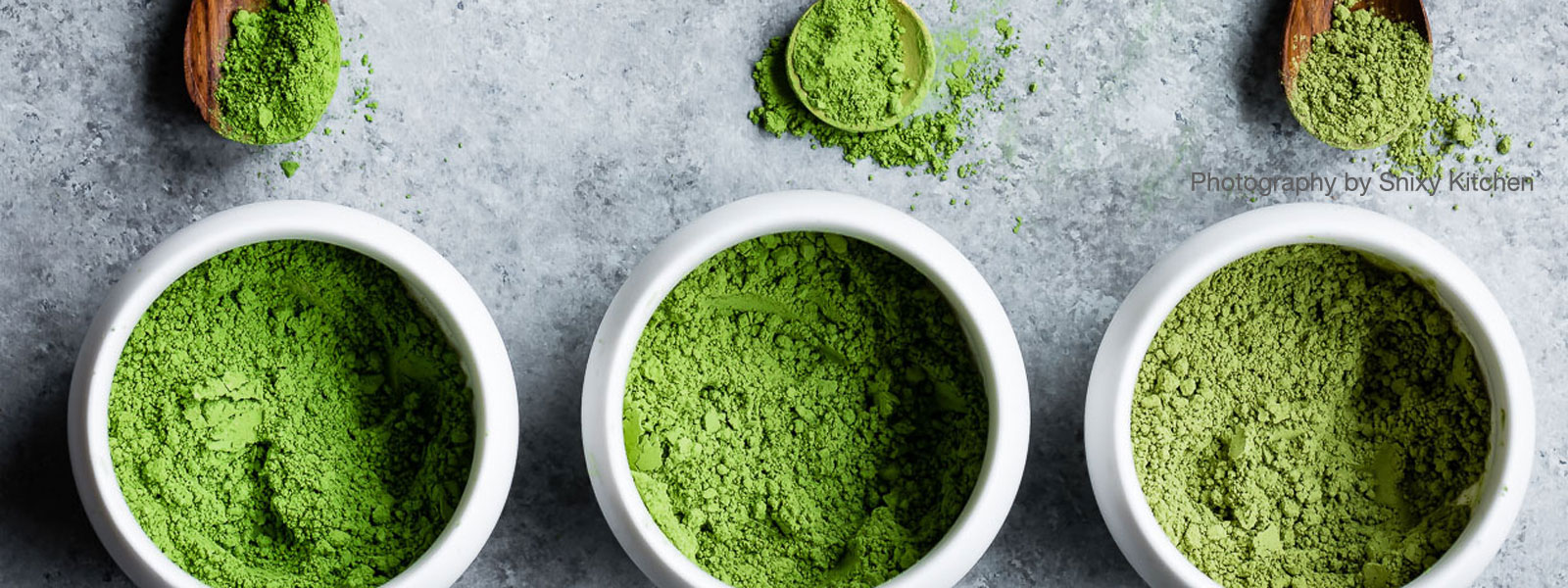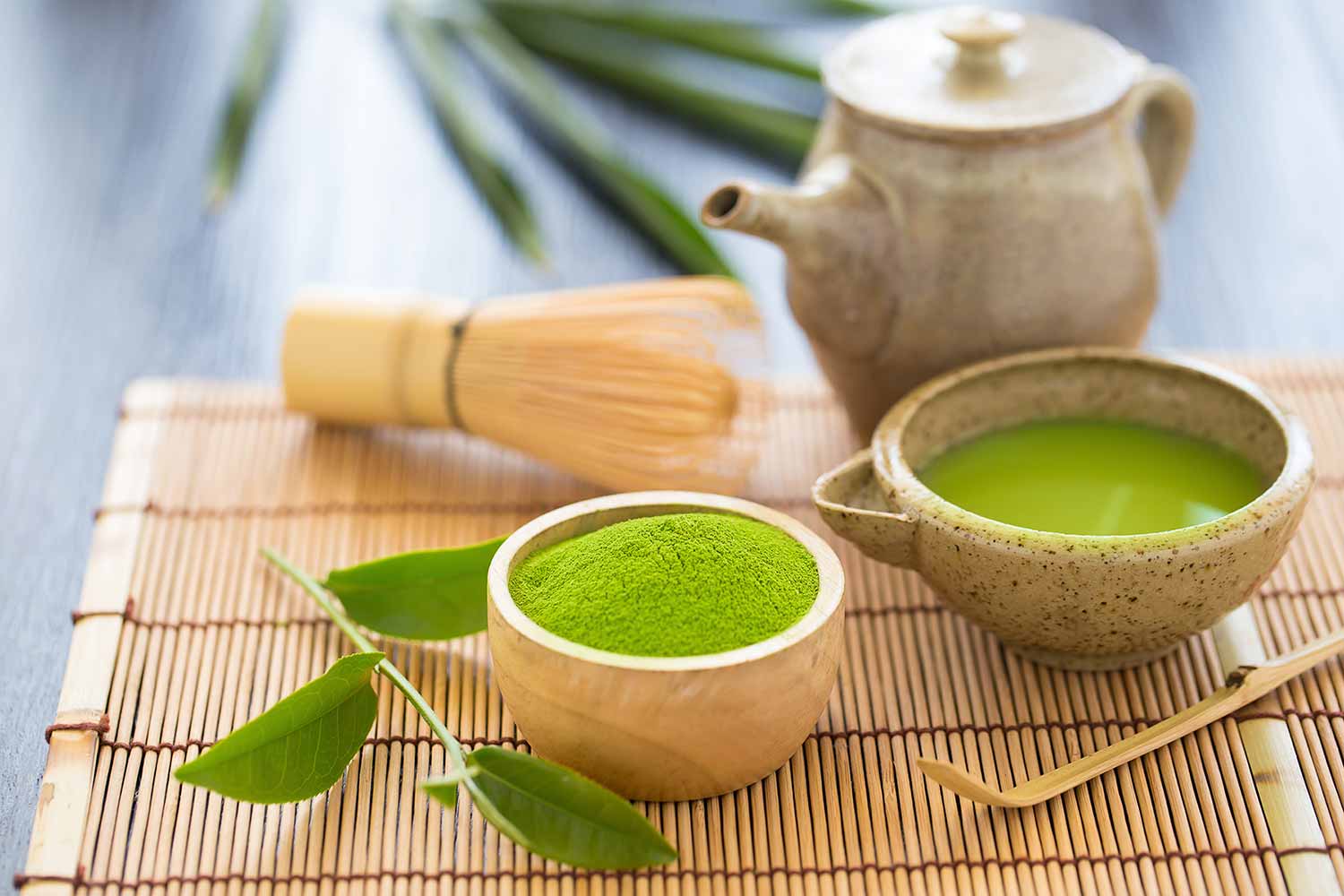Grades

Commercial considerations, especially outside Japan, have increasingly seen matcha marketed according to "grades", indicating quality.
Of the following terms, "ceremonial grade" is not recognised in Japan; "food grade" or "culinary grade" certainly are.
- Ceremonial grade supposedly designates tea of a quality sufficient for its use in tea ceremonies and Buddhist temples. Almost always ground into a powder by granite stone mills, it is expensive (around US$100–140 for 100 g). The unschooled drinker is unlikely to notice a large difference between ceremonial and premium grades. There is no distinct set of flavour characteristics designating the highest grade of matcha; some matchas are conspicuously sweet, some can be comparatively bitter with other characteristics to 'compensate'; the full suite of aesthetic properties such as flavour, colour, and texture are important in the grading of matcha. All must necessarily be of a quality that can support the making of koicha (濃茶), the "thick tea" with a high proportion of powder to water, since this is the form of tea that defines the traditional tea ceremony.
- Premium grade is high-quality matcha green tea that contains young tea leaves from the top of the tea plant. Price point is around US$50–80 for 100 g. Best for daily consumption, it is characterized by a fresh, subtle flavor, usually perfect for both new and everyday matcha drinkers alike.
- Cooking/culinary grade is the cheapest of all ($15–40 for 100 g). Suitable for cooking purposes, smoothies etc. It is slightly bitter due to factors such as its production from leaves lower down on the tea plant, terroir, the time of harvest, or the process of its manufacture. In general, matcha is expensive compared to other forms of green tea, although its price depends on its quality. Higher grades are pricier due to the production methods and younger leaves used, and thus they have a more delicate flavour, and are more suited to be enjoyed as tea.
Like other forms of green tea, all grades of matcha have the potential health benefits and risks associated with the Camellia sinensis plant (the human clinical evidence is still limited), while the nutrient content varies depending on climate, season, horticultural practices, plant variety, manufacturing methods and the age of the leaf, i.e., the position of the leaf on the harvested shoot. Catechin concentration is highly dependent on leaf age (the leaf bud and the first leaf are richest in epigallocatechin gallate), but catechin levels also vary greatly between plant varieties and whether the plants are grown in shade.
Chemical compositions of various grades of matcha were studied, with the results showing that the contents of caffeine, free amino acids, theanine, and vitamin C decreased with the decreasing price of matcha.
